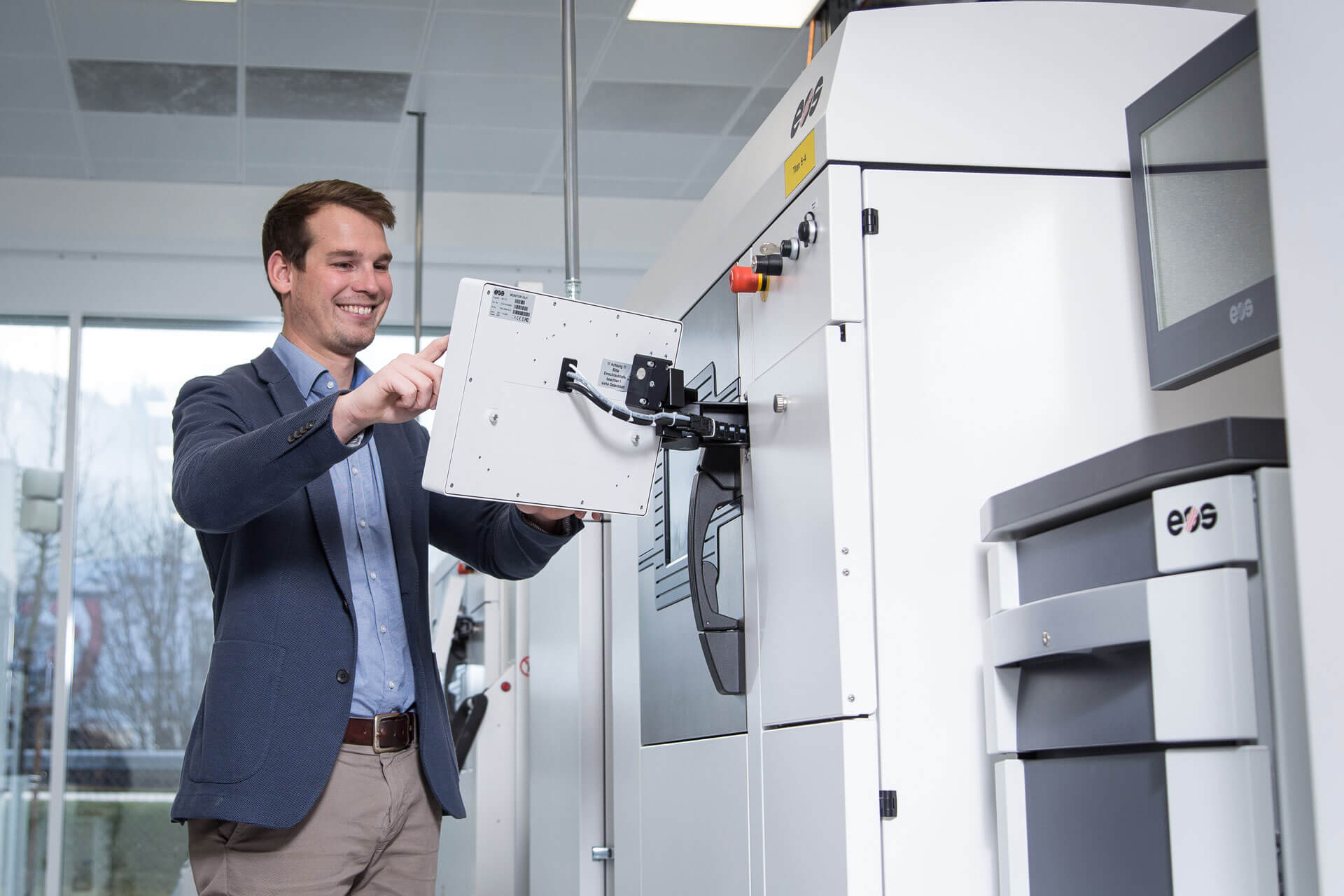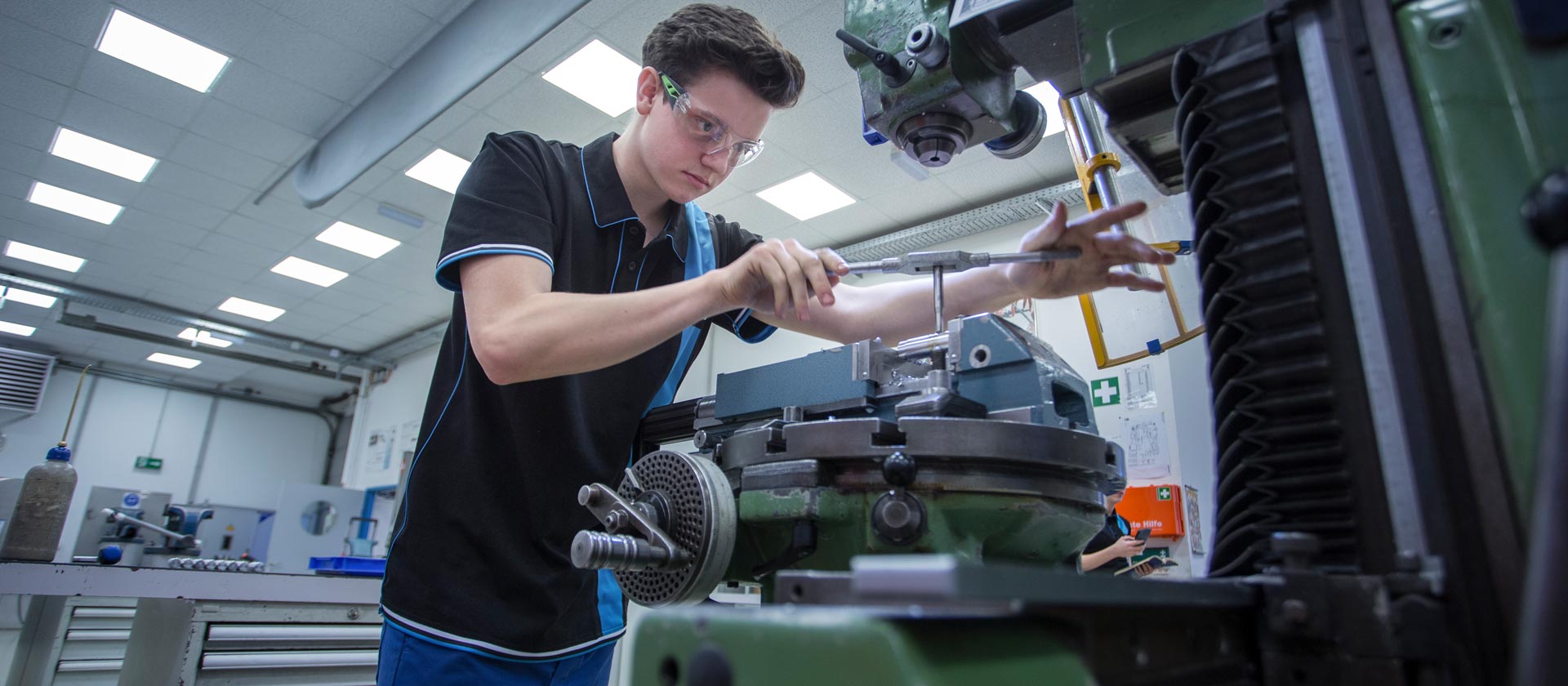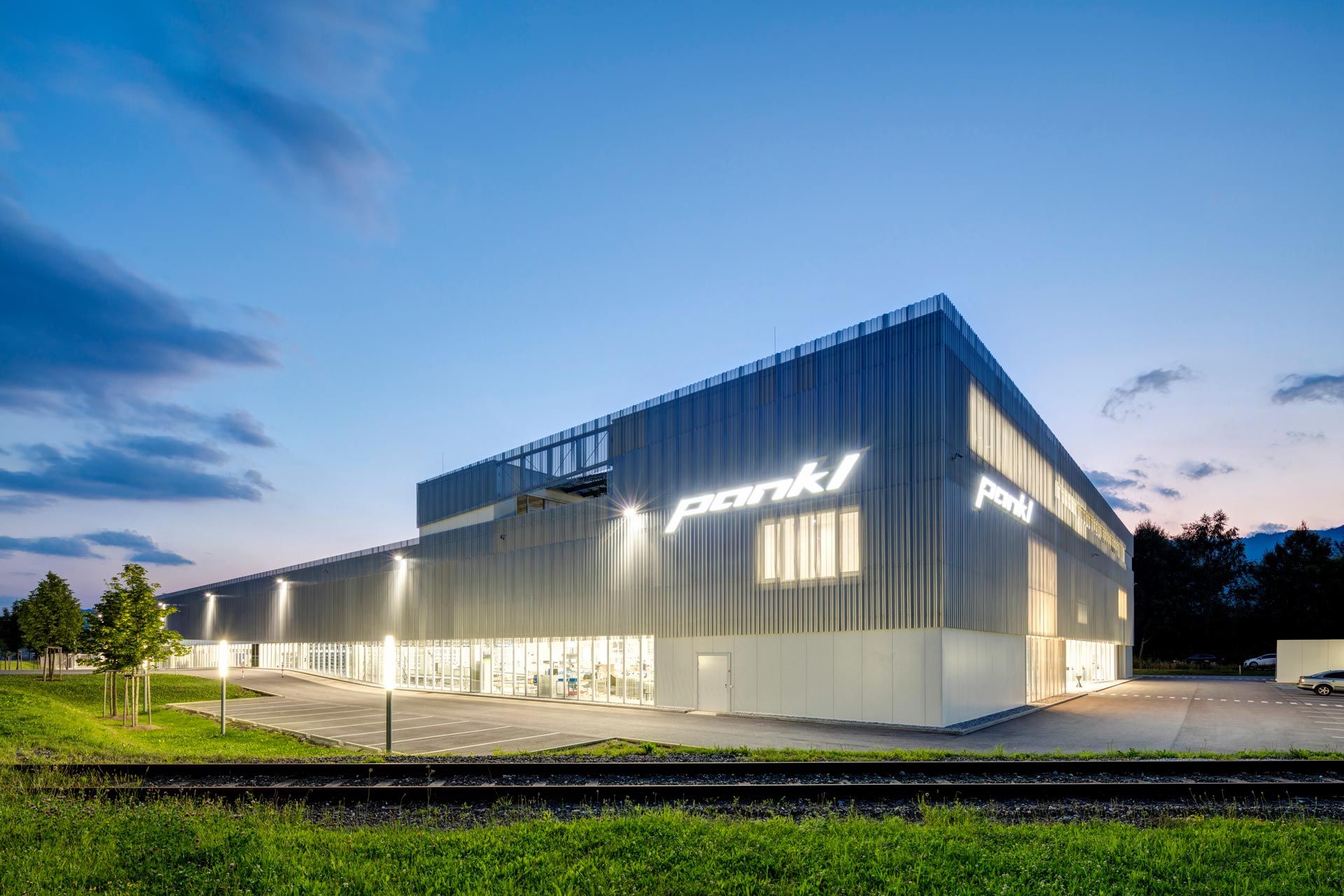VARIABLE OIL PUMPS
Variable oil pumps from SHW adjust the flow rate to match the oil requirements of the respective engine speed and temperature range of the engine. They do this either by moving the pump wheels towards each other axially or, in the case of a vane pump, by moving the adjustment ring in the pump housing. If the engine needs less oil, the flow rate of the pump reduces accordingly. This differentiates them from fixed displacement oil pumps.
SHW develops and produces various models of variable oil pumps, such as regulated pumps, external gear pumps or vane pumps. In this way they address the requirements of the various types of engine. In addition, oil pumps can be combined with vacuum pumps and/or balancer shafts to create a system.
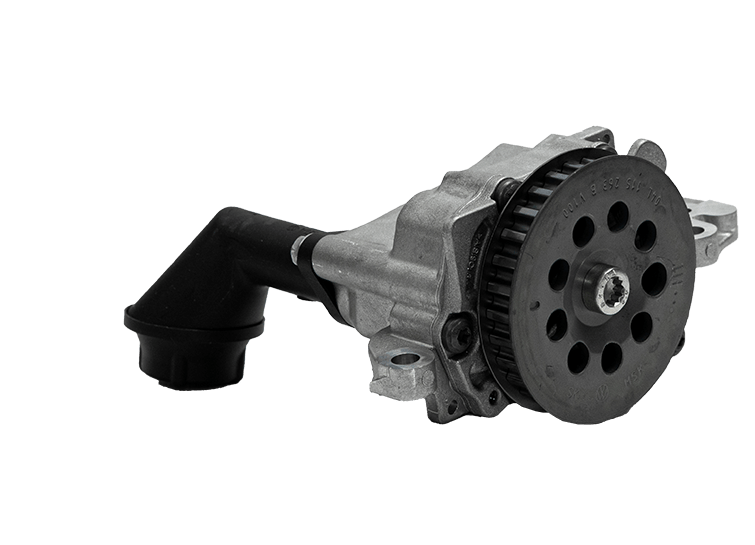
MAP-CONTROLLED OIL PUMPS
A map-controlled oil pump is a special form of variable oil pump that possesses an electromagnetic control valve. The map stores the target pressure values that the pump should attain. These values are based on the operating parameters of the combustion engine. At the same time, the map-controlled pump is networked to the engine’s control unit on-board the vehicle. In this way it can set the engine oil pressure to the required setting regardless of its current operating condition. The oil flow is regulated by the electromagnetic control valve.
Oil/vacuum pumps
SHW was the first company worldwide to develop a variable engine oil pump and vacuum pump as one assembly and place this in the sump of the engine to save space.
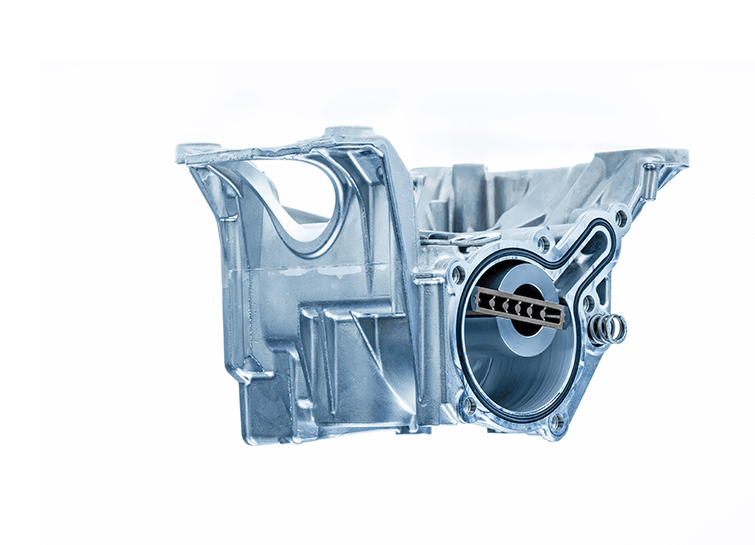
Modern vehicles with hydraulic braking systems are equipped with brake boosters. Brake boosters reduce the effort required by the driver to push the brake pedal. This effect is generated by a vacuum in the brake booster. In gasoline engines without direct fuel injection the required vacuum is generated by the engine directly. Due to their design, engines with direct fuel injection cannot create the necessary vacuum. In these cases a vacuum pump is used.
The oil/vacuum pumps from SHW feature high suction and low driving torque. They can be integrated in the engine individually.
Engines with a small number of cylinders can be made to run more smoothly by integrating a balancer shaft in the tandem pump.
Transmission oil pumps
Automatic transmissions have already enjoyed particularly rapid growth for a number of years.
Transmission oil pumps for automatic transmissions are generally powered by the combustion engine. They provide sufficient oil for gear changing and starting elements, to lubricate the gear wheels and to cool the transmission.
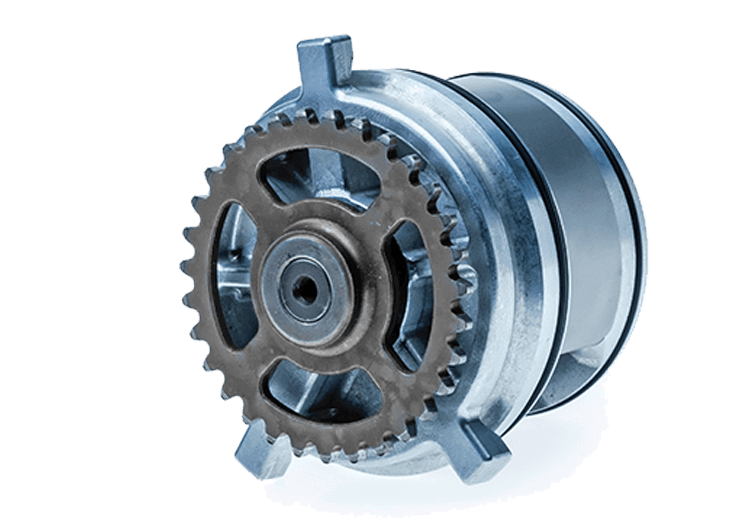
Either as internal gear pumps, external gear pumps or as binary vane pumps, SHW has transmission oil pumps in its portfolio for automatic transmissions, dual-clutch, CVT and hybrid transmissions. SHW engine oil pumps display very high efficiency.
Electric oil pumps
With regard to automated manual transmissions, dual-clutch and fully automatic transmissions, the trend is clearly towards auxiliary electric transmission oil pumps. These offer substantial savings due to their start-stop function and coasting concepts. For the first generation of these pumps, the engine only shut down when the vehicle stopped moving. In extended start-stop systems, the engine is also cut out while the car rolls to a stop, such as before a red light. This prolongs the time the engine is turned off and lowers fuel consumption.
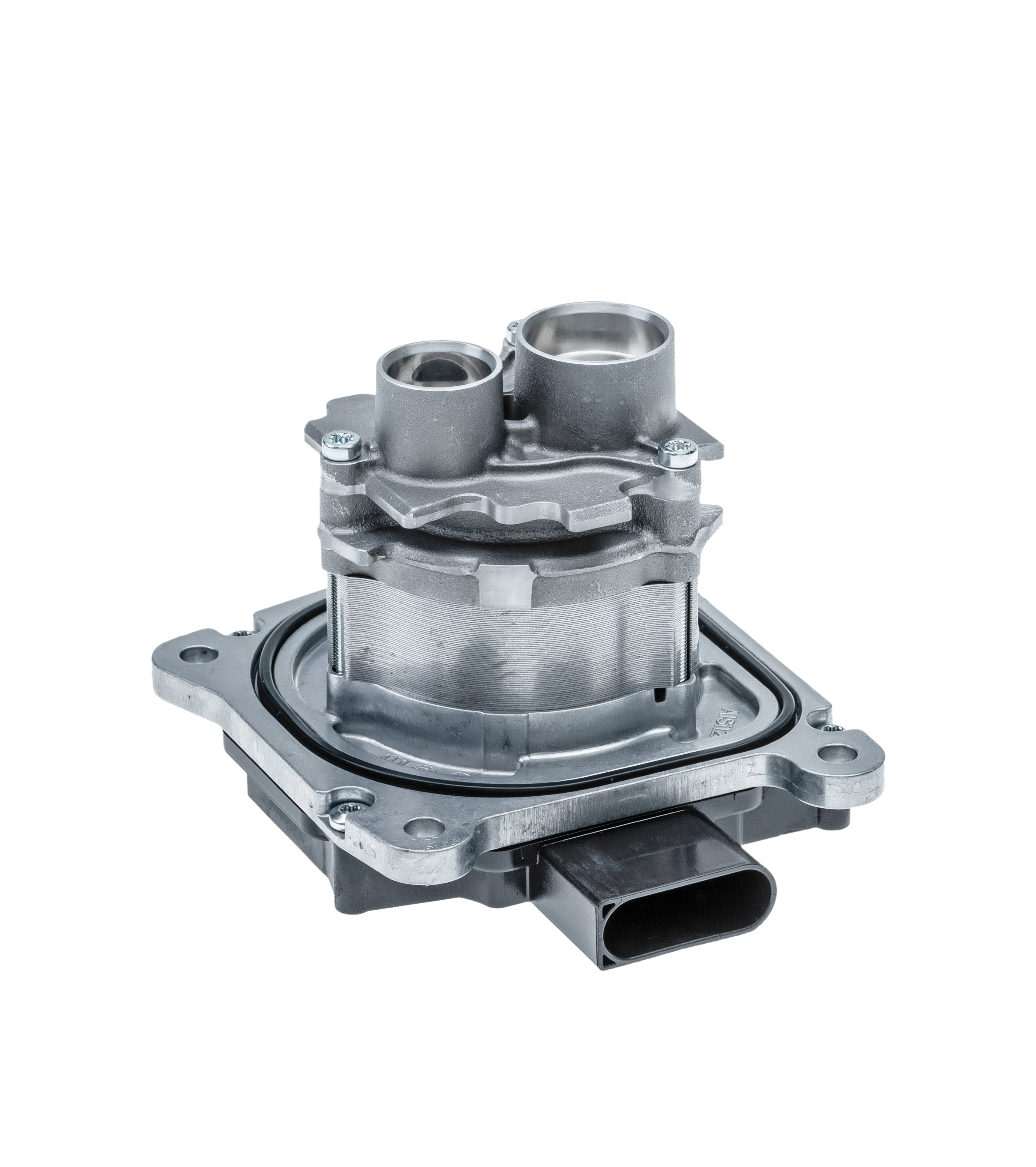
Electrically driven pumps are used in the electrified powertrains found in plug-in hybrids (PHEV) or purely electric powertrains (BEV). Depending on the powertrain concept, they are used to change gear and lubricate the transmission as well as to cool and lubricate electric traction motors.
SHW has the right e-pumps in its programme for all of these applications.
Electric oil pumps from SHW are designed for 12V to 48V on-board systems and consist of a hydraulic component (the pump), an electric motor and a control unit and associated software, which can be connected with other control units in the powertrain via a CAN or LIN bus interface.
Electric water pumps
Electric water pumps are a core component of thermal management systems used to circulate the correct volume of coolant either via an auxiliary water pump for low-temperature cooling systems or via an electrically driven main water pump.
By providing coolant as needed, electric water pumps contribute to reducing the fuel consumption of conventional powertrains.
In the electrified powertrains found in plug-in hybrids (PHEV) or purely electric vehicles (BEV) the significance and performance specifications for electric water pumps will continue to grow as electric vehicles either do not have a mechanical water pump or, if they do, it is not driven in a number of driving situations.
Furthermore, additional components need to be cooled in electric powertrains, such as electric motors, batteries or fuel cells and inverters.
Electric water pumps from SHW are designed for 12V to 48V on-board systems and consist of a mechanical flow pump, an electric motor and a control unit and associated software, which can be connected with other control units either via a LIN or a PWM interface.
